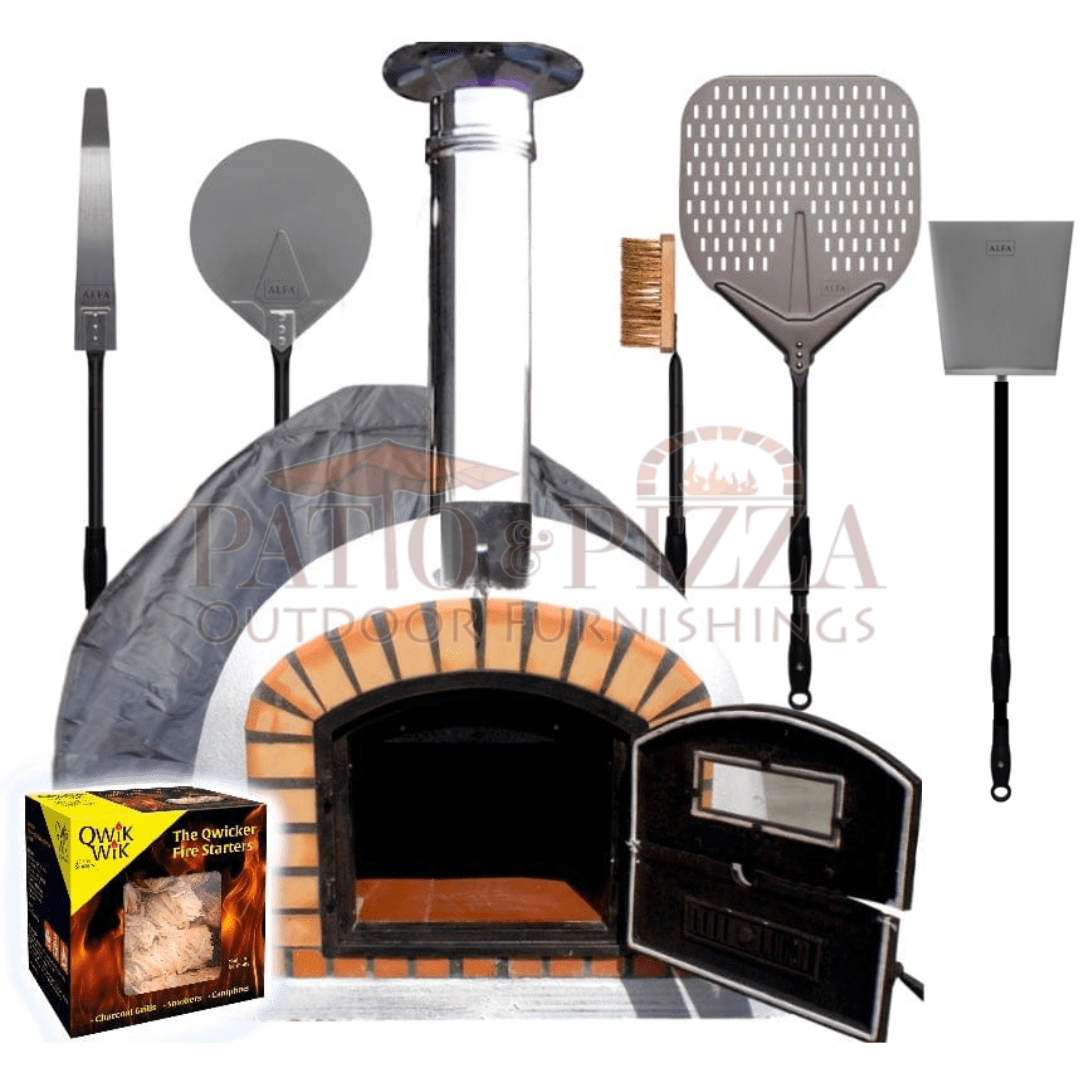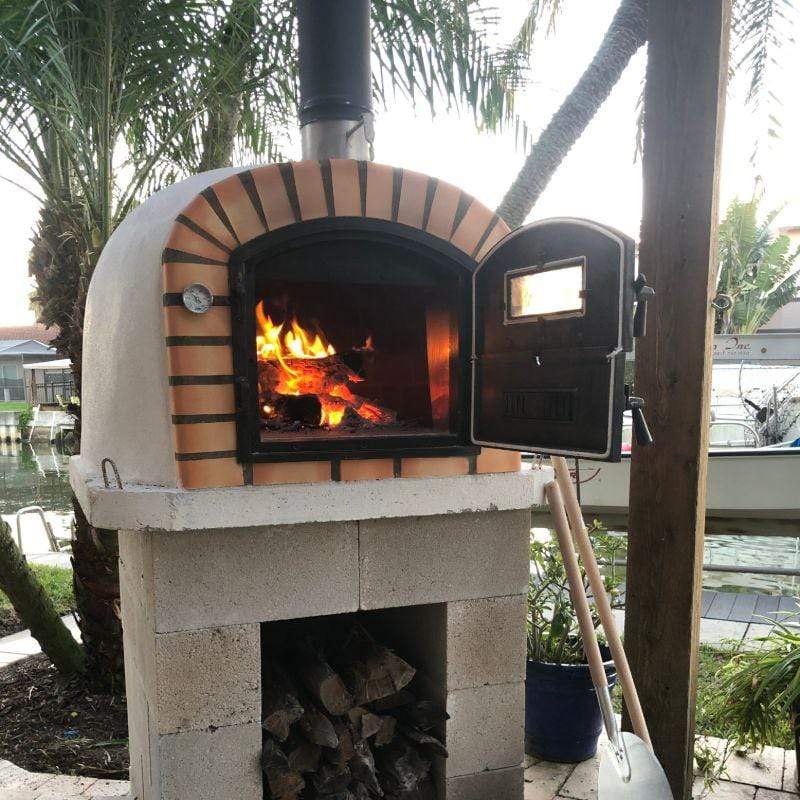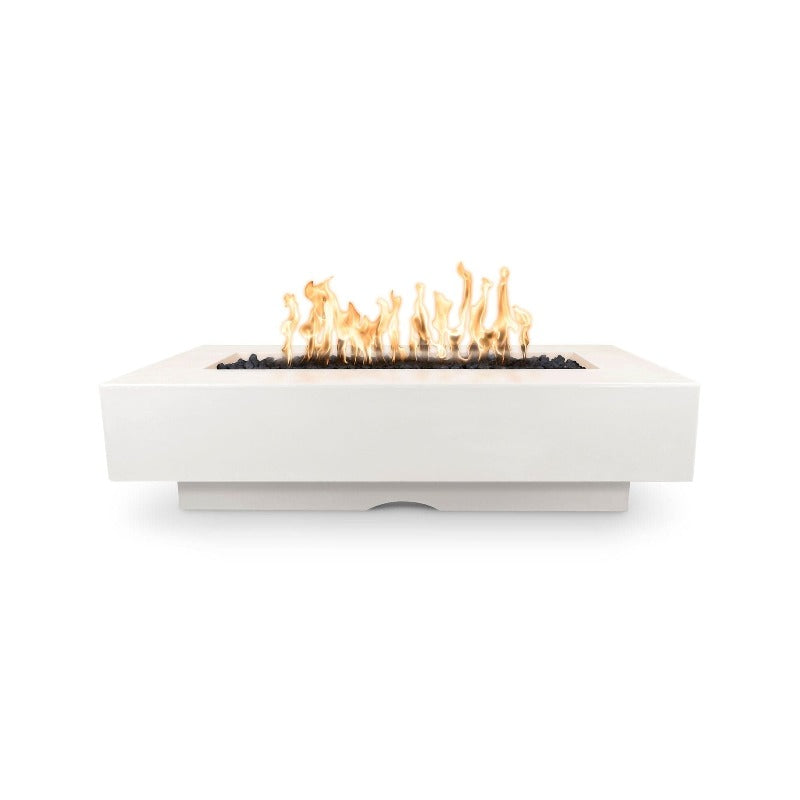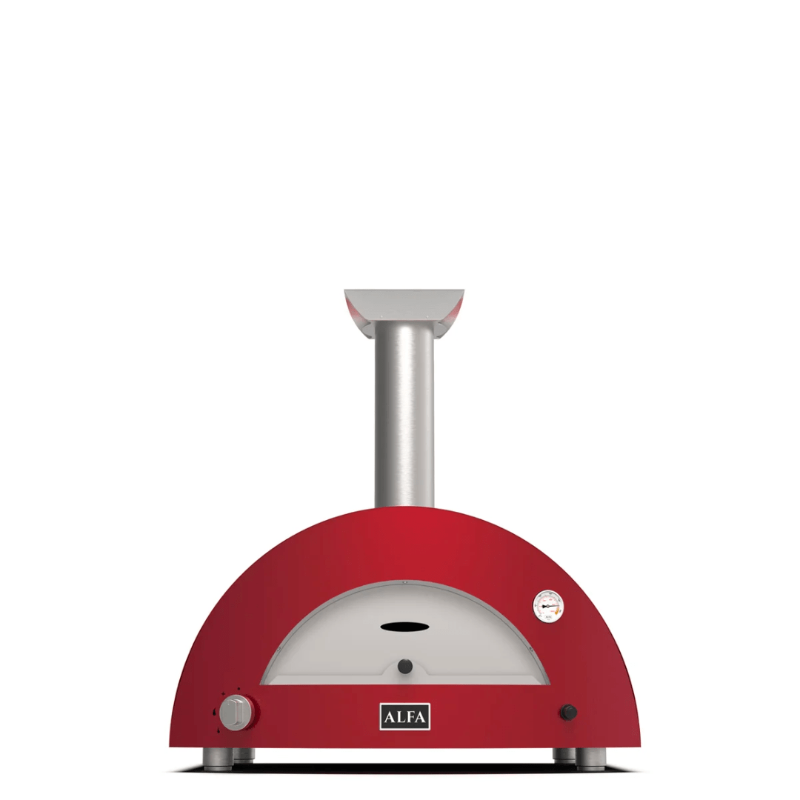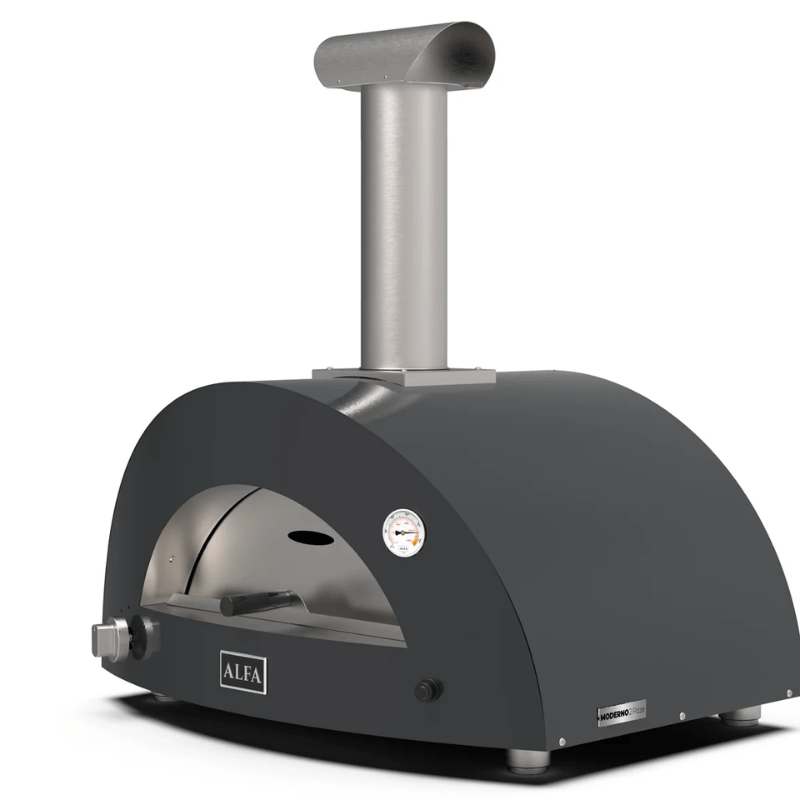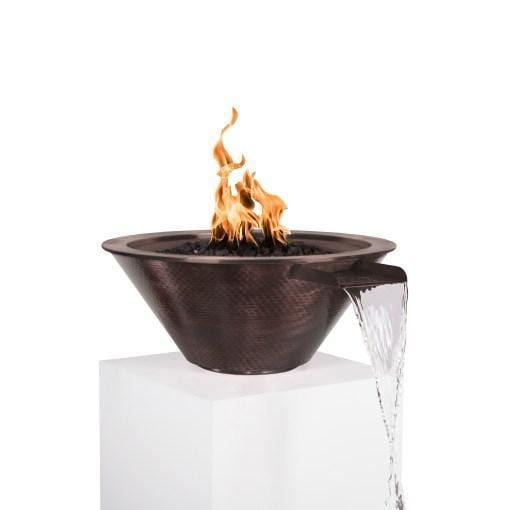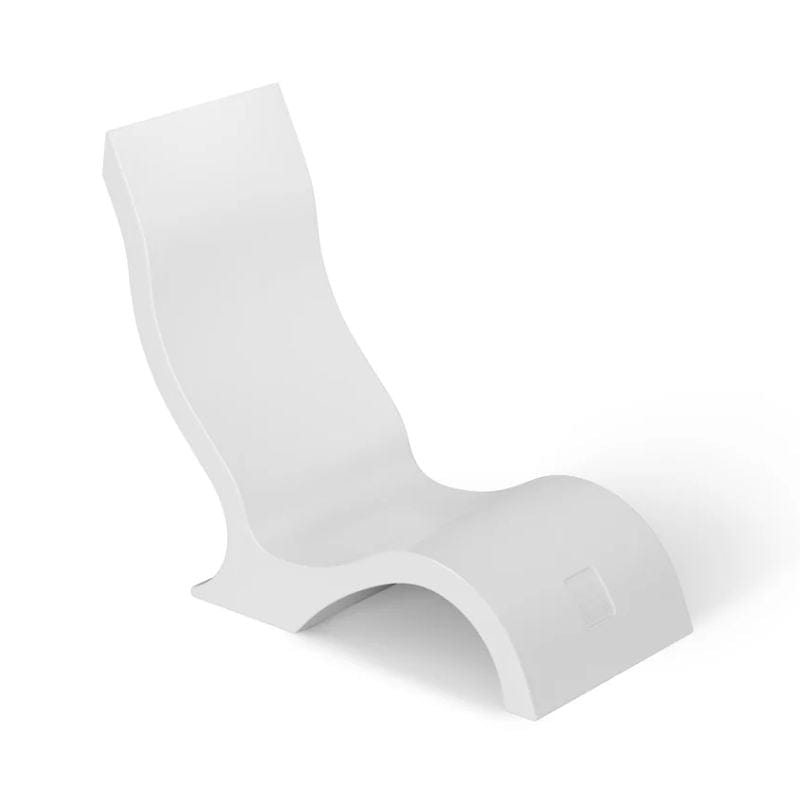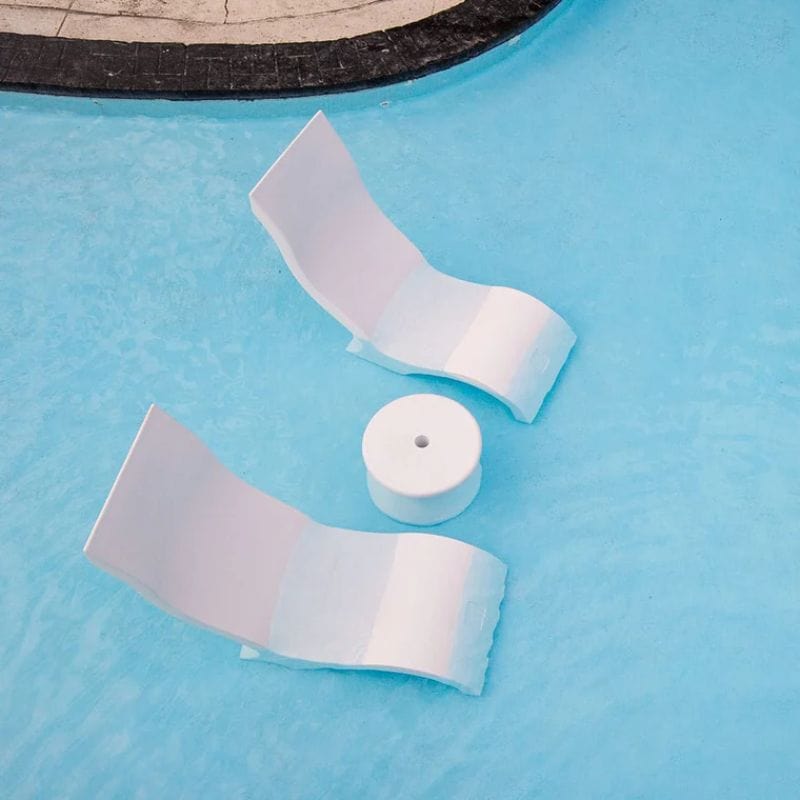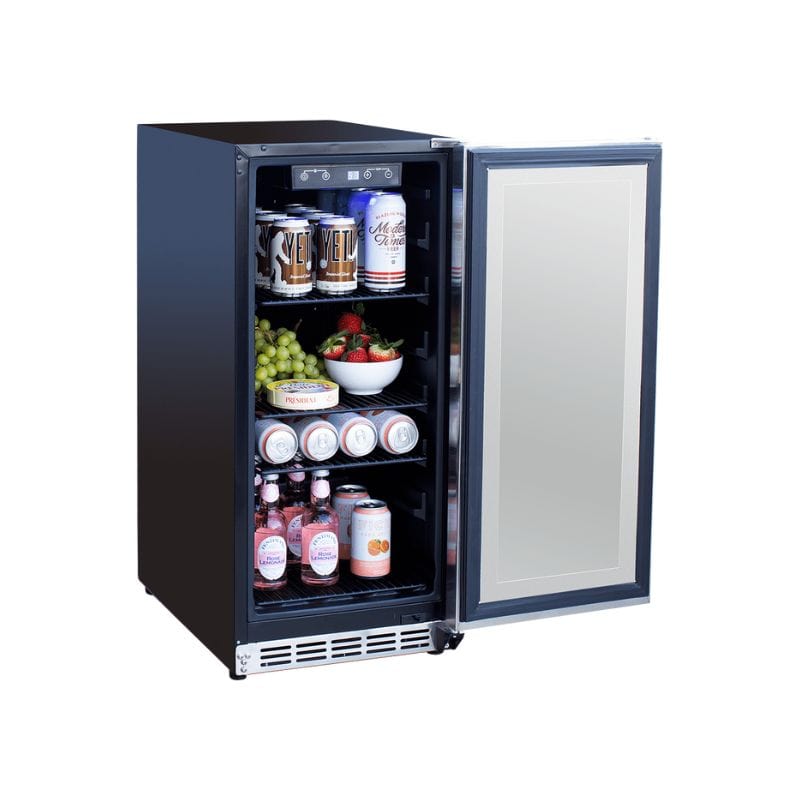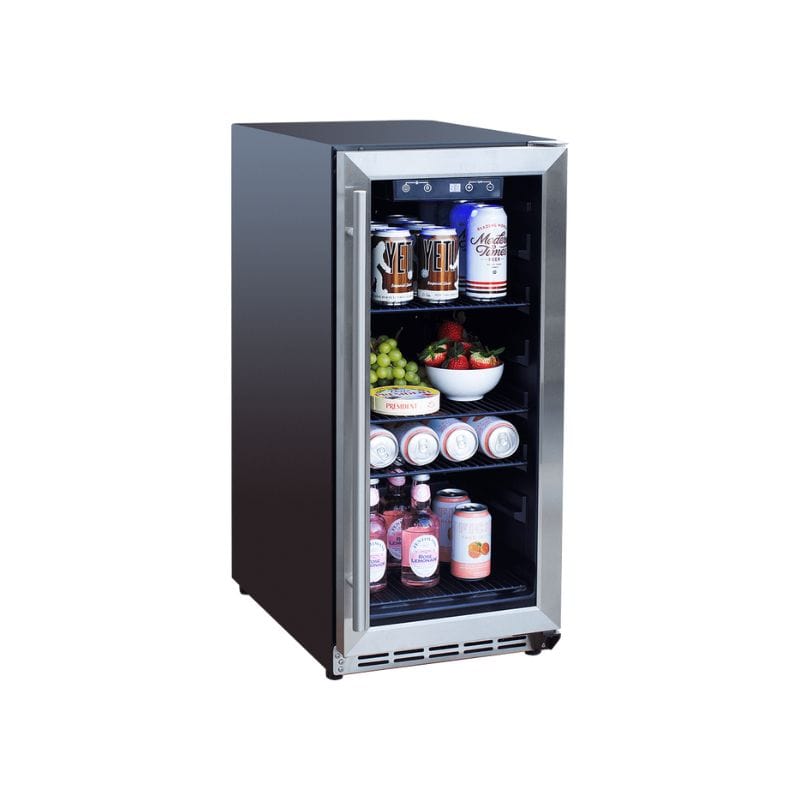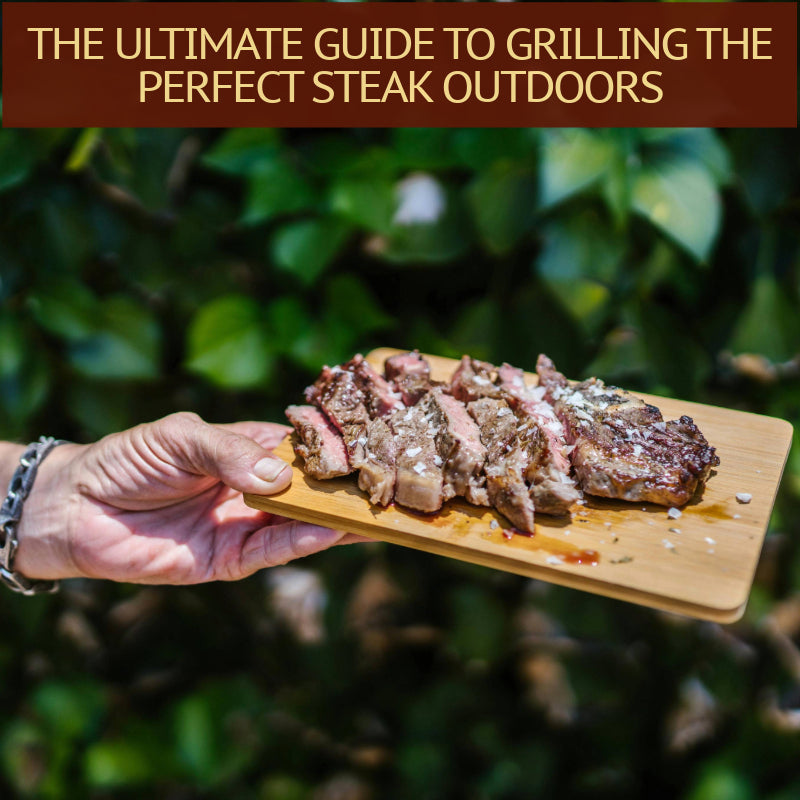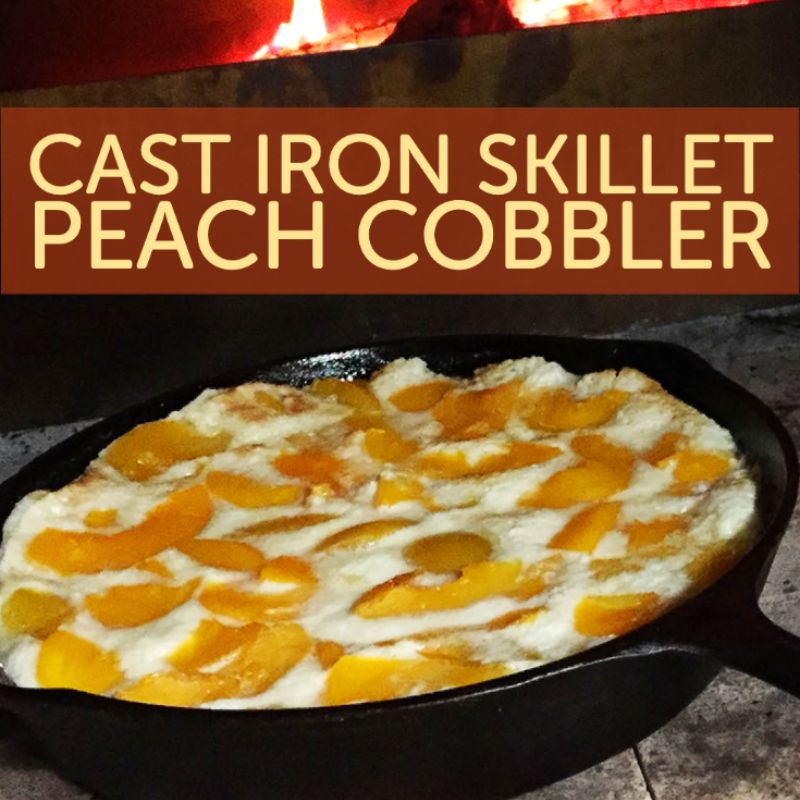Empanadas are quite loved worldwide and are made to be eaten at different occasions, like an appetizer, snack or meal. These small pastries filled with meat or other fillers are a symbol of comfort and creativity in cooking. The most important thing about a good empanada, however, is the dough. Good dough can give that crisp, flaky, perfectly textured base for the filling that you want in your empanadas.
This article takes you step by step in making the perfect empanada dough, keeping it simple-beautiful enough to bake or fry, light, tender, and savory. It will all include important tips and ingredients, and techniques wherein you will master the dough that makes your homemade empanadas stand out. Whether for something special or just out of an impulse to reward yourself with a tasty little snack, good dough for perfect empanadas is a must-have.

Understanding the Basics of Empanada Dough
Empanada dough happens to provide this wonder of fluffiness and flakiness, along with the rest; it is the best form of base for pastries. Empanada dough results mostly from mixing flour, fat (butter or lard), salt, and water with a bit of sugar. The right balance of ingredients should be achieved in making the perfect dough to yield pliability and crispness after baking or frying.
In making empanada dough, it is also important to consider how you are going to cook the empanadas. Some doughs will be very good for frying; others would be excellent if baked. In this case, we are going to make a really simple, easy empanada dough that performs very well either way, so there is an option for how you want to cook.
What Makes Empanada Dough Unique
The dough for these empanadas differs from regular pastry dough in that it has to be sturdy enough to hold a variety of fillings while still being soft and tender enough to melt upon eating. When properly made, empanada dough finds a delicate balance of being puffed and crispy when fried or golden and crunchy when baked.
Key characteristics of a perfect empanada dough include:
- Tender: The dough must be soft and melt-in-mouth, but needs sufficient structure to hold moist fillings.
- Layers: You want a slightly flaky texture, achieved through the ratio of fat you use: butter or lard; flexibility: The dough must be flexible enough to roll out into the thinnest discs, without ripping or breaking.
- Crisp: Whether it gets fried or baked, the dough ought to crisp out well, producing a nice crunch when bitten into.
The Essential Ingredients for Empanada Dough
In that sense, various regions and countries may have their variations, but the basic ingredients are simple for making empanada dough. Ingredients include:
- Flour: All-purpose flour is the most commonly used for the preparation, allowing the formation of a dough structure by way of its balanced protein content.
- Fat: Either butter, lard, or vegetable oil could be used. Butter gives a fuller flavor, while lard imparts more of a traditional flaky texture.
- Salt: Salt serves to balance the flavor and texture of the dough.
- Water: Cold water binds the dough, and vinegar is sometimes added for extra tenderness.
- Egg: Some recipes use a beaten egg for enriching the dough and for a softer texture, while also using it as a binding compound to seal the edges of the empanadas.
- Sugar: A little may be added if sweet empanadas are to be made, whereas in savory varieties, sugar is usually optional.
- Optional ingredient: A little milk and/or baking powder may also appear in some recipes for better texture or color.

Rolling Out the Dough and Making Empanada Discs
After the dough has rested, it is time to roll it out and prepare the empanada discs. Rolling the dough into thin discs is key to achieving a crisp, light texture once baked or fried.
- Flouring the surface: Gently flour the board and pin to avoid sticking with the dough.
- Rolling out the dough: With a rolling pin, roll out the dough to 1/8 inch thickness. Try to keep the dough and even thickness; otherwise, if the dough is uneven, it will cook too fast or too slow in some parts.
- Cutting the discs: Use a round cutter or the rim of a glass to cut the dough into discs of about 4-6 inches in diameter. This size is suitable for regular empanadas; however, feel free to change it based on your preference.
- Re-rolling the scraps: Don’t waste the remaining dough! Gather the scraps, knead briefly, and roll out again to cut more discs.
How to Make Empanada Dough for Baking
In case you are planning on baking rather than frying your empanadas, you will need to have a slightly sturdier dough that can withstand baking. Luckily, with the following few tweaks, this is still easily achievable using the same method as above:
• Less fat helps: Using slightly less butter or lard will avoid a greasier dough in the oven.
• More flour helps: If worried a little about the dough losing structure in the oven, adding just a little more flour will ensure the dough maintains its shape nicely.
Baked empanadas are healthier than fried and still delightfully crispy. Bake the filled empanadas for about 20 to 25 minutes at 375°F (190°C) or until golden brown.
Tips for Perfect Empanada Dough Every Time
- Use cold ingredients: Cold butter and cold water are needed. Cold fat in the dough is very important for flaky texture.
- Don't overwork the dough: Over-kneading can lead to tough dough, which will affect the texture of your empanadas.
- Let the dough rest: Resting the dough gives it better texture and easier handling.
- Ensure an even roll of the dough: An even thickness guarantees that all of them are cooked at the same time, to avoid part being undercooked or over-cooked.
- Seal the edges tightly: For both baking and frying, give well-sealed edges with either a fork or crimp with your hands. To keep filling from spilling during the cooking process.
The only thing necessary to make the perfect dough for your empanadas is knowing the key steps and procedures. Focus on using the correct ingredients, follow a simple method, and think about how you plan to cook the empanadas: and you will end up with light, flaky, and utterly delicious empanadas every time.
The right empanada dough will make the difference between a good empanada and a great empanada, no matter if baked or fried. With the knowledge now at your disposal, you will be able to easily whip up an empanada dough that goes with any filling and fry to crispy, flavorsome perfection. Now, just get rolling with your empanada discs and enjoy the art!





